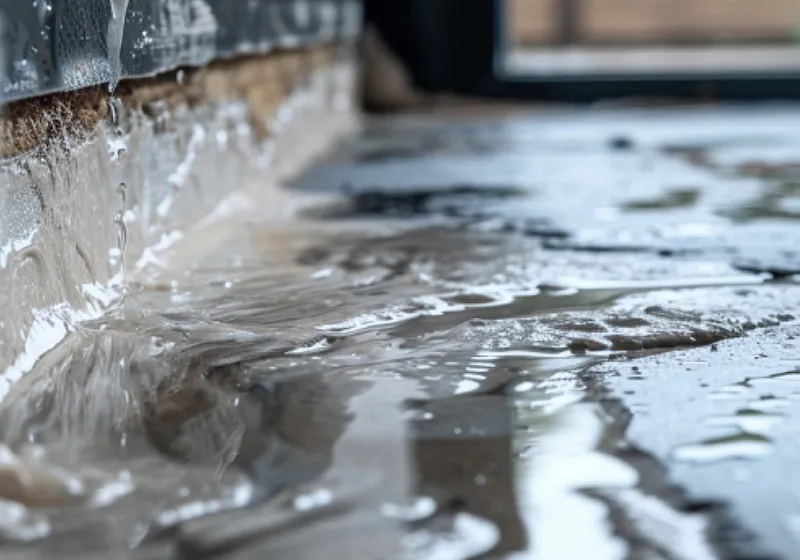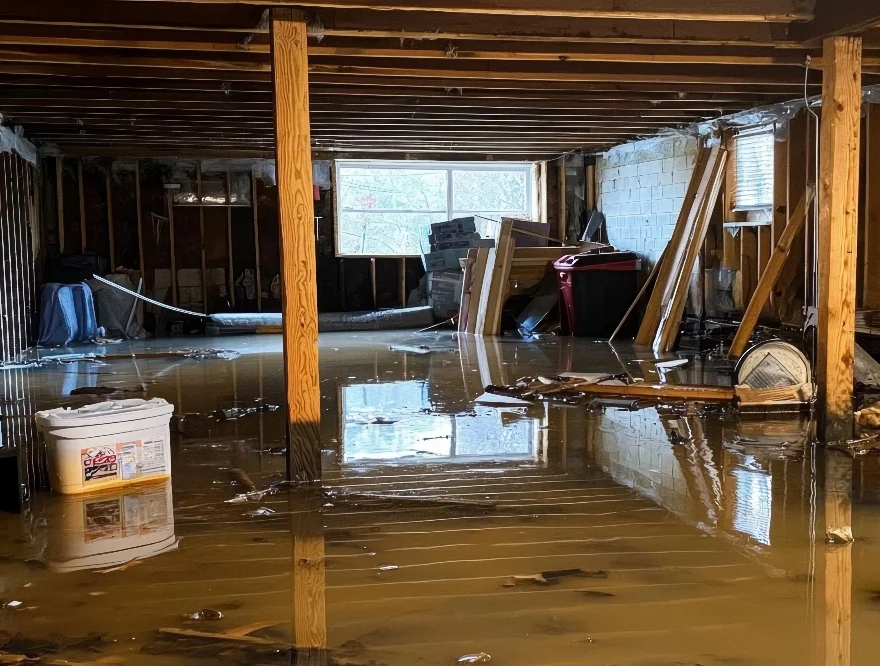A leaky basement won’t fix itself. Water intrusion only gets worse with time. At Basement Masters Waterproofing, we combine proven methods with personalized service to give homeowners peace of mind. Don’t wait until small leaks become major structural issues.
Your basement should be a safe, usable space, not a damp, musty storage area. Whether you live in a historic property or a newer home in the suburbs, our team understands the unique challenges Virginia homeowners face when it comes to water intrusion.
We specialize in protecting homes across Virginia with tailored basement waterproofing solutions that keep water out and safeguard your foundation.
With years of experience working with the state’s varied landscapes and construction styles, we implement basement waterproofing in VA that work for your specific home and environment.

Virginia’s diverse climate and terrain mean basements are constantly under pressure from water. From heavy spring rains and summer storms to winter snowmelt, moisture can seep into your foundation and cause lasting damage.
Left unchecked, water infiltration can lead to:
Basement waterproofing isn’t just about keeping your space dry. It’s about protecting your investment and improving the health and comfort of your home.

Virginia and Maryland, with their older homes and buildings, have rich historical context. Older buildings may have different construction methods and materials that require tailored basement waterproofing methods.
Because Virginia and Maryland experience a wide range of climates, our technicians are trained to handle the humid subtropical climate of the eastern part of the states, to the continental climate in the western areas. Heavy rainfall and occasional hurricanes lead to increased moisture infiltration in basements which require heavy-duty waterproofing measures.
The coastal areas of Virginia and Maryland have more sandy soil whereas other regions have more clay-like soil. The different types of soil require different basement waterproofing methods.
Building codes and regulations related to waterproofing may vary from state to state. Local regulations in both Virginia and Maryland states will influence the specific requirements for basement waterproofing systems.
No two basements are the same, which is why we take a customized approach to every project. Our trained technicians evaluate soil conditions, drainage patterns, and your foundation’s current state to recommend the best waterproofing plan. Services may include:
Request a free inspection to find out how we can help you keep your Virginia basement safe, dry, and protected year-round.

When you choose Basement Masters Waterproofing, you will always get reliable customer service and installation. Our goal is to efficiently waterproof your basement and allow you to return to your daily life as quickly as possible. Contact us today for your free evaluation and never worry about water in your basement again!